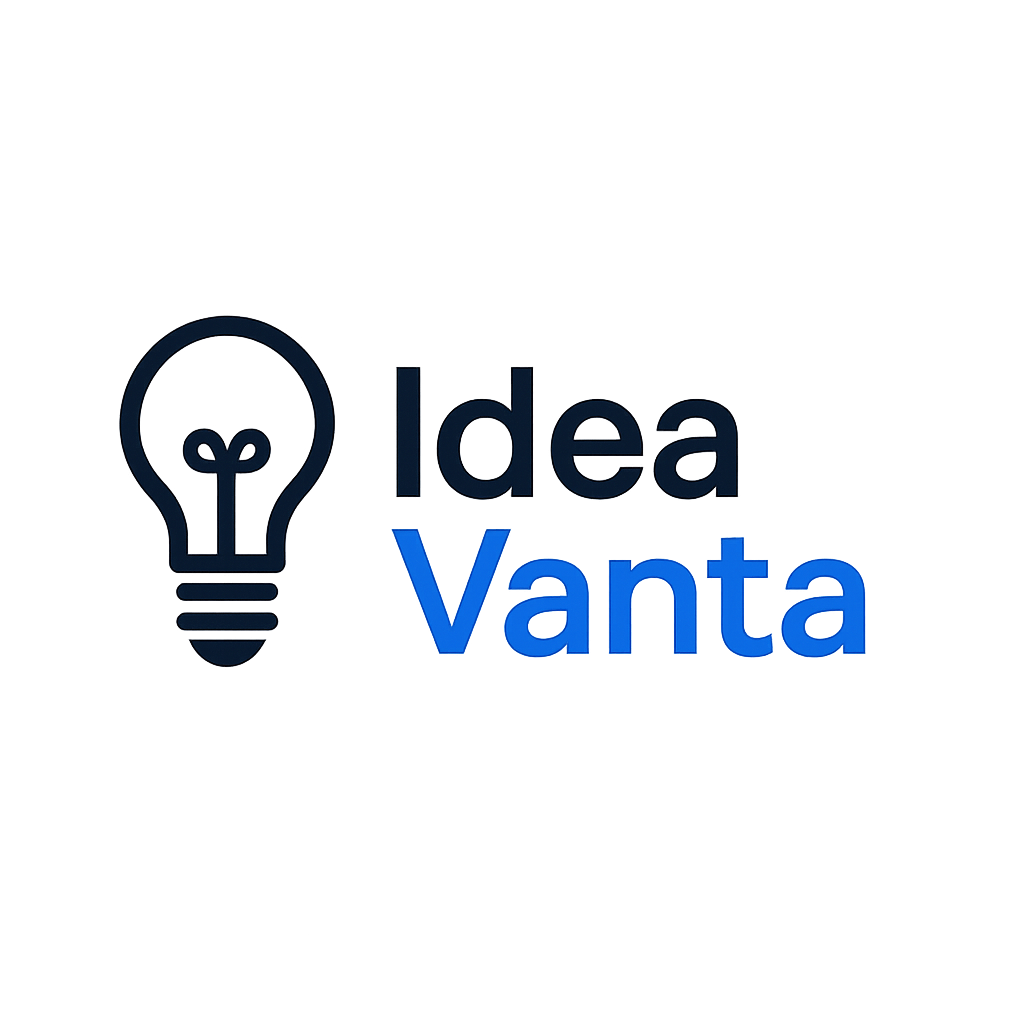The overlooked impact of movement and mindfulness on learning
Many ambitious learners overlook a foundational ingredient of effective self-directed education: the state of their mind and body. Long sessions at a desk, whether absorbing AI theory or coding, can drain both physical and mental energy. Without integrating a short exercise routine for mental health and desk exercises and stretches, your retention, focus, and motivation can fade, slowing your progress. Research is clear—micro-movements and micro-workouts and mindfulness breaks interspersed throughout your study schedule can boost not only your health, but also your ability to learn efficiently and think creatively. Revitalizing both body and mind doesn’t require hours at the gym, but brief, intentional practices woven into your day.
Micro-movements: the science behind short exercise breaks
Scientific studies increasingly support the notion that even a five-minute burst of activity can disrupt sedentary stress cycles and enhance cognitive function. Sitting for extended periods restricts blood flow to the brain and muscles, leading to fatigue and a dip in concentration. By adding a short exercise routine for mental health—such as squats, shoulder rolls, or brisk walking—you benefit from a boost in oxygen delivery and endorphin release. In just minutes, tension eases, alertness rebounds, and your capacity to engage with challenging material improves considerably.
- Energy reset: Quick movements snap you out of lethargy during demanding or repetitive study sessions.
- Mental clarity: Movement stimulates areas of the brain responsible for attention, working memory, and mood regulation.
- Sustainability: Brief, repeatable routines are easier to maintain than sporadic, intense workouts, supporting a consistent learner’s lifestyle.
Desk exercises and stretches: simple routines for busy learners
The best desk exercises and stretches require no equipment and can be performed right at your workstation. These moves intersperse your learning with restorative mini-breaks, lowering injury risk and improving circulation. Here’s a selection of practical movements to integrate every hour:
- Neck rolls and shoulder shrugs – Release neck and upper back tension from continual screen time.
- Seated spinal twists – Promote mobility and reduce stiffness in your back and core.
- Wrist and finger stretches – Prevent discomfort from extended typing or note taking.
- Seated marches or calf raises – Activate the lower body and wake up the legs without leaving your chair.
Each takes under a minute, yet regular practice leads to noticeable changes in comfort and focus, especially in high-cognitive-demand fields like artificial intelligence.
Quick desk exercise checklist
| Move | How to Do It | Frequency | Benefit |
|---|---|---|---|
| Neck rolls | Slowly circle head left and right | Every hour | Relief from neck tension |
| Wrist stretches | Extend arm, gently pull fingers back | Every 2 hours or after long typing stints | Prevents strain and stiffness |
| Seated spinal twist | Rotate upper body, hold chair backrest | Midway through study block | Loosens spine, boosts focus |
| Calf raises | Lift heels off ground while seated | Every study break | Improves lower leg circulation |
Micro-workouts and mindfulness breaks: synergy for brain and balance
Alternating between micro-workouts—very brief, intense physical spurts—and mindfulness breaks powerfully mitigates stress while optimizing your neural performance. Micro-workouts may include 30 seconds of jumping jacks or push-ups, enough to elevate heart rate and mobilize energy. Couple this with a one-minute mindfulness break: sit quietly, focus on your breath, and release distracting thoughts. The result? Reduced anxiety, sharper attention, and a measurable uptick in learning efficiency.
For AI learners battling digital overload, these intentional pauses act as mental palate cleansers. They limit screen-induced fatigue and help process and integrate new information. When practiced routinely, micro-workouts and mindfulness breaks become part of your learning discipline, not just a health afterthought.
Benefits comparison: exercise, stretches, and mindfulness
| Activity | Physical Benefit | Mental/Emotional Benefit | Time Needed |
|---|---|---|---|
| Short exercise routine | Boosts energy, reduces stiffness | Enhances mood, relieves stress | 5–10 mins |
| Desk stretches | Alleviates muscle tension | Improves comfort and focus | 1–3 mins |
| Mindfulness break | Slows heart rate, increases relaxation | Reduces anxiety, resets concentration | 1–2 mins |
Integrating movement into your AI learning plan
To make these powerful strategies part of your daily skill acquisition, layer them directly into your routine:
- Start or end each 10–30 minute study block with a micro-workout. This establishes a cognitive “reset” between activities.
- Set a timer for desk exercises and stretches every hour. Consistency trumps intensity.
- Add a mindful breathing exercise after a challenging problem or before reviewing new material to improve absorption.
- Track your mental clarity and physical comfort in your learning log, noting improvements as you implement these habits.
For those working through a fast-paced AI curriculum, these strategies ensure sustainability without sacrificing progress. Even a tightly packed schedule has room for movement and mindfulness—no commute to the gym required.
Conclusion: making your learning journey sustainable and effective
While tailoring your self-education plan and setting smart objectives are vital for skill growth, neglecting your physical and mental well-being undermines progress. By weaving in a short exercise routine for mental health, desk exercises and stretches, and targeted micro-workouts and mindfulness breaks, you unlock deeper focus and learning longevity. These mini-practices are not only practical—they’re transformative for anyone committed to continual growth in the age of digital acceleration. To build true expertise, invest in small daily actions that refresh your mind and body as faithfully as you nurture your professional skills. Start experimenting with one movement or mindfulness break in your next study session, and watch both productivity and well-being improve.
Image by: Engin Akyurt
https://www.pexels.com/@enginakyurt
